The positives, negatives, and possible dangers of using AI in the creative world
12th December 2022 •
12th December 2022 •
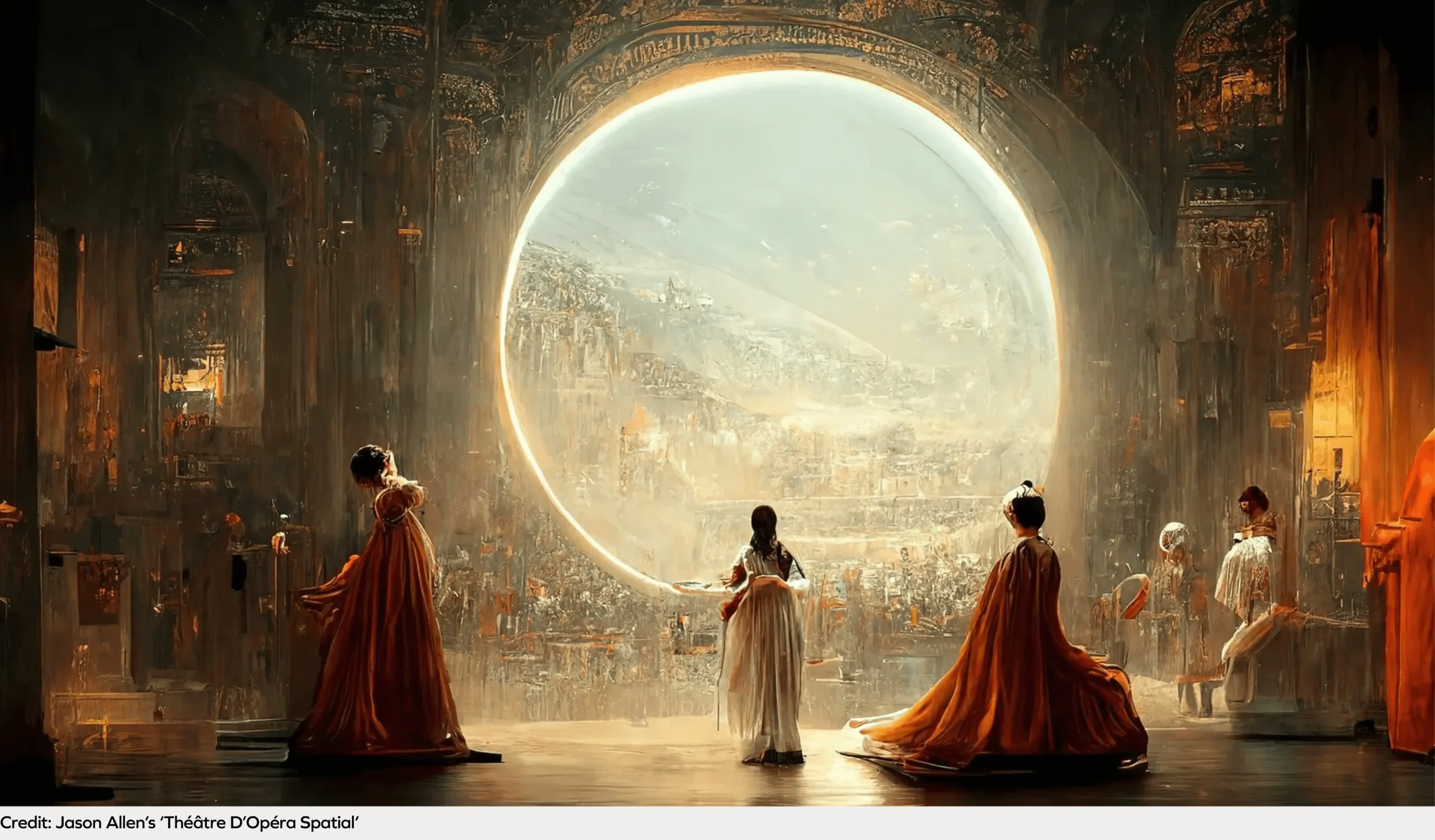
“We could find ourselves out of a job”. This was the first reaction of one of Torpedo’s Creative team during our recent discussion into artificial intelligence and machine learning, and how it might affect work in the future. Others firmly disagreed and it turned into one of the more memorable debates in our weekly knowledge shares.
The design team’s presentation on AI told us about the Colorado State Fair’s digital arts competition. It was won by a man called Jason Allen, with a piece of art created using Midjourney – an artificial intelligence program that can turn text descriptions into images. Should this be allowed? The floor was opened company-wide and several colleagues weighed-in.
Since humans have been living on Earth, there’s been art. It’s taken the form of cave drawings, sculptures and more recently, images created using computer programs like Photoshop. But even though the latter took a bit of getting used to, no one now debates its legitimacy. So, what’s the difference with AI-generated art? As we’ll go on to discover in this article, AI is already helping a lot of digital artists, but the fact it’s created a piece entirely, has got people concerned.
It’s hard to imagine Jason Allen ingratiating himself greatly in the art world when he came out after the competition and said “Art is dead, dude. AI won. Humans lost”. For a start, it seems he’s forgetting that he won. Not AI. And he’s a human. The human element of art, however created, still definitely exists and still definitely is needed. Jason Allen reportedly spent 80 hours working on his entry. He clearly didn’t enter the keywords and just hope for the best. For now, AI struggles to come up with original ideas on its own, and the creativity of the human brain is still very much required. But does getting a machine to produce the end result, lessen the artwork itself?
If you step away from the philosophical question of “what is art?” and just choose to make the most of AI and machine learning in our everyday working lives, then it can save us time, money, and help us become a lot more productive. During their presentation, Torpedo’s designers highlighted that AI is far more integrated into workflows and processes than perhaps they first realised. Using examples from Adobe Creative Cloud, the team talked through several time-saving tools which you can see in action in the videos below.
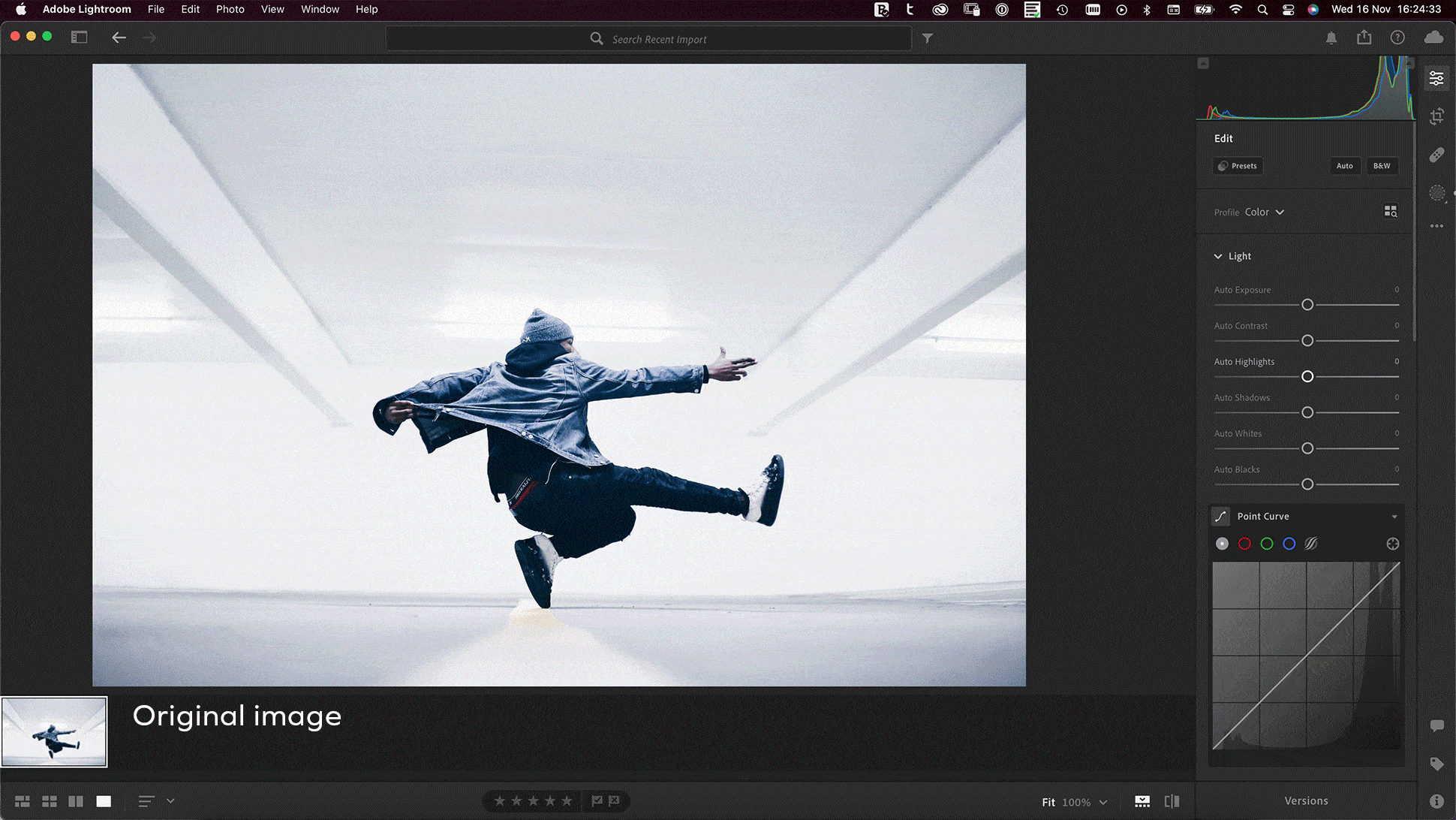
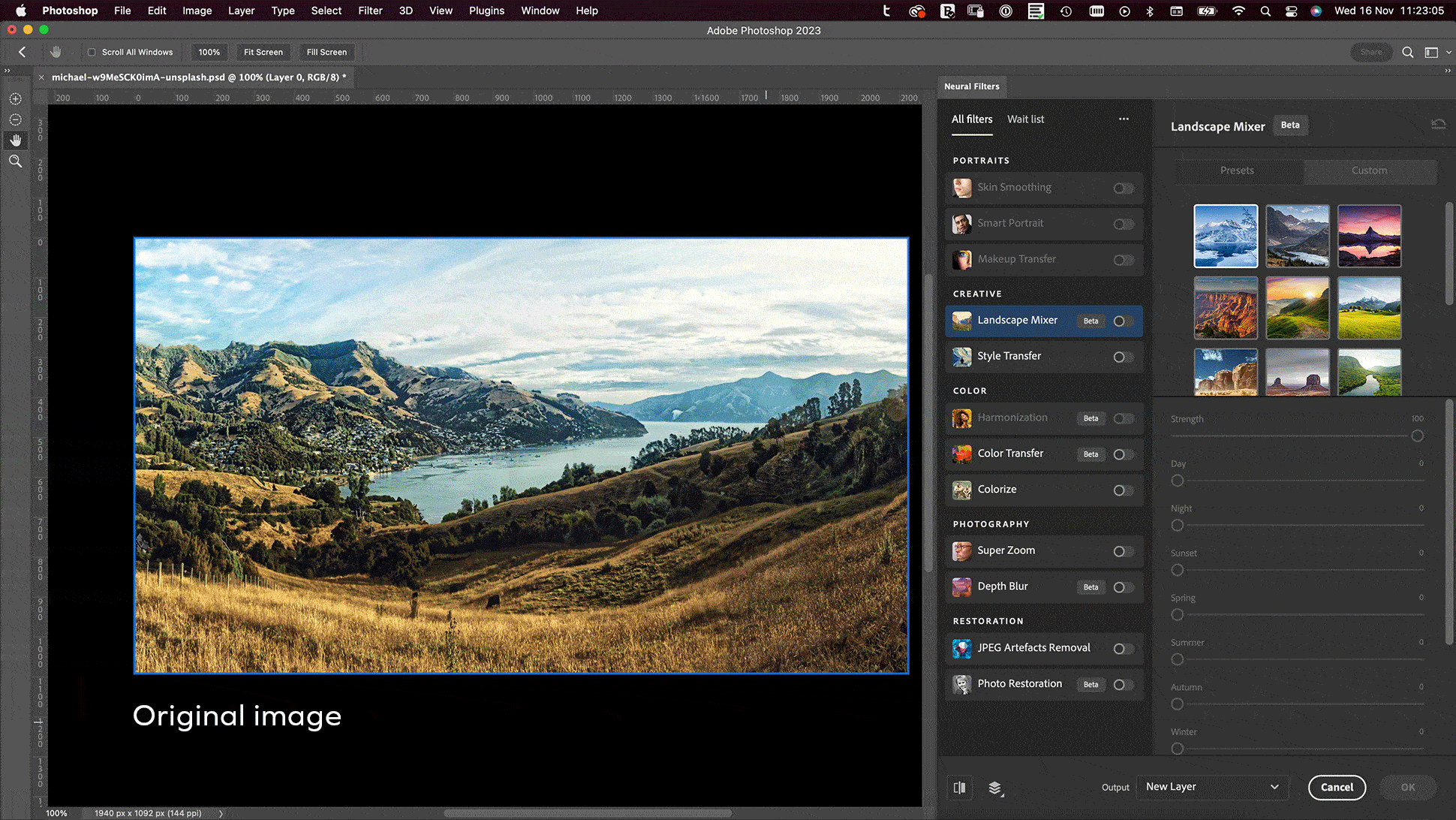
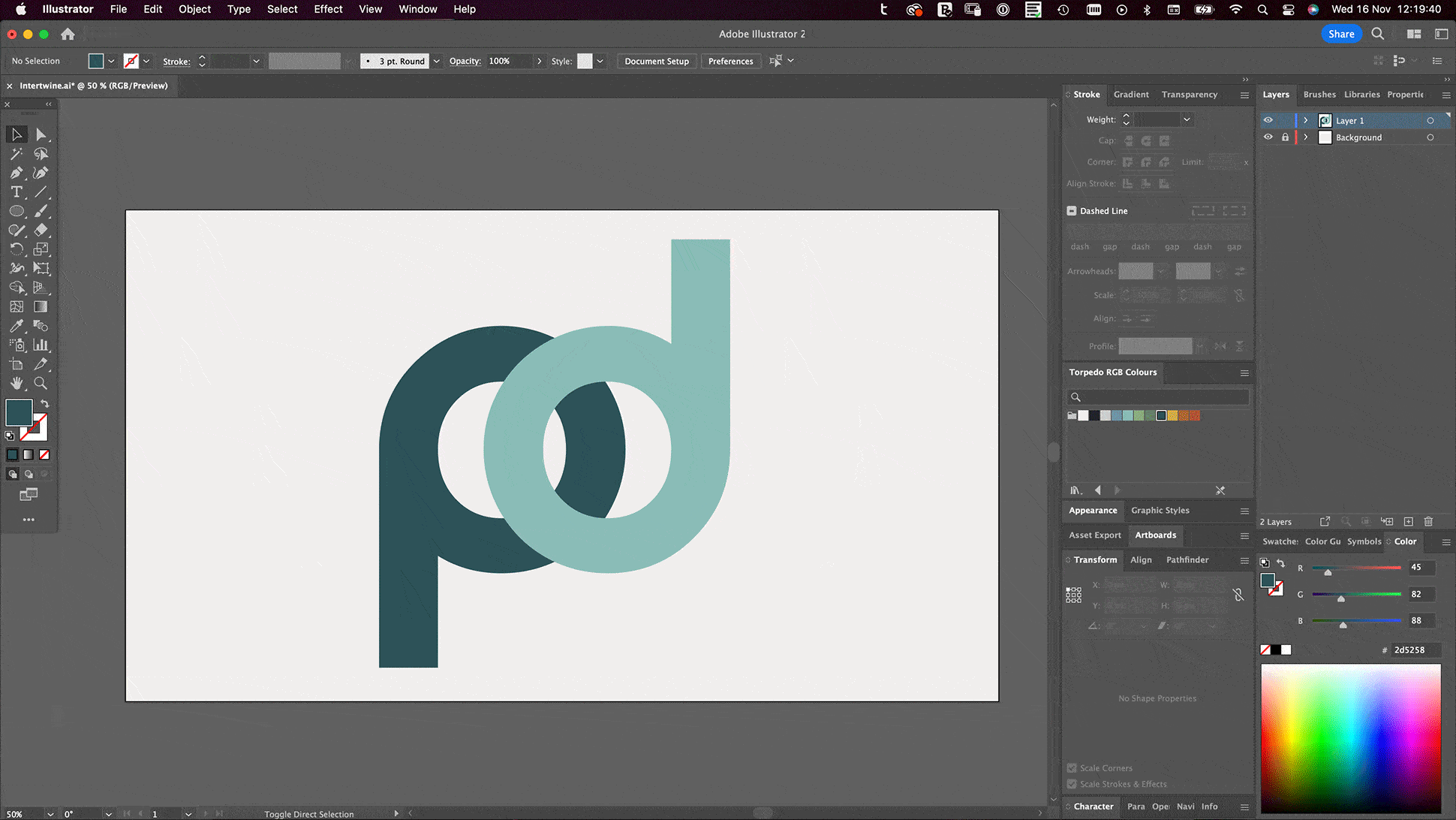
In these instances, designers are working with AI and getting a good deal. They save time on fiddly, tedious tasks, but still get to use their artistic skills enough that no one is questioning their longevity. However, the concerns begin to creep in when AI starts to take a more prominent role in the creative process.
“Film still, portrait of old man, wrinkles, dignified look, grey silver hair, peculiar nose, wise, eternal wisdom and beauty, incredible lighting and camera work, depth of field, bokeh, screenshot from a Hollywood movie”. Fabian Stelzer, who works in AI, typed this into the top AI image generators on the net and these AI images were the results.

DALL-E 2 vs Midjourney vs StableDiffusion mega thread: photography, illustration, painters, abstract
these image synths are like instruments – it's amazing we'll get so many of them, each with a unique "sound" 🤯
rules: same prompt, 1:1 aspect ratio, no living artists pic.twitter.com/47syy7uPJJ
— fabian (glif/acc) (@fabianstelzer) August 20, 2022
Now it may be because I’m only a lowly copywriter, lacking the keen eye of an artist, but these images would work for me. And I imagine it’s pretty likely they’d work for a lot of people who don’t have the time or money to hire a professional. On top of this, there’s a recent trend for AI to take the lead in music videos – creating new and modern images to the lyrics, along with a few descriptions. It’s now becoming a bit clearer why the opening quote about losing jobs is creeping into more people’s minds.
However, whilst AI has its amazing advantages, it’s far from perfect and for now it’d be foolish to put 100% trust in just the technology. To put it bluntly, AI can’t read the room. It has no moral compass and struggles with the nuances of language and creativity.
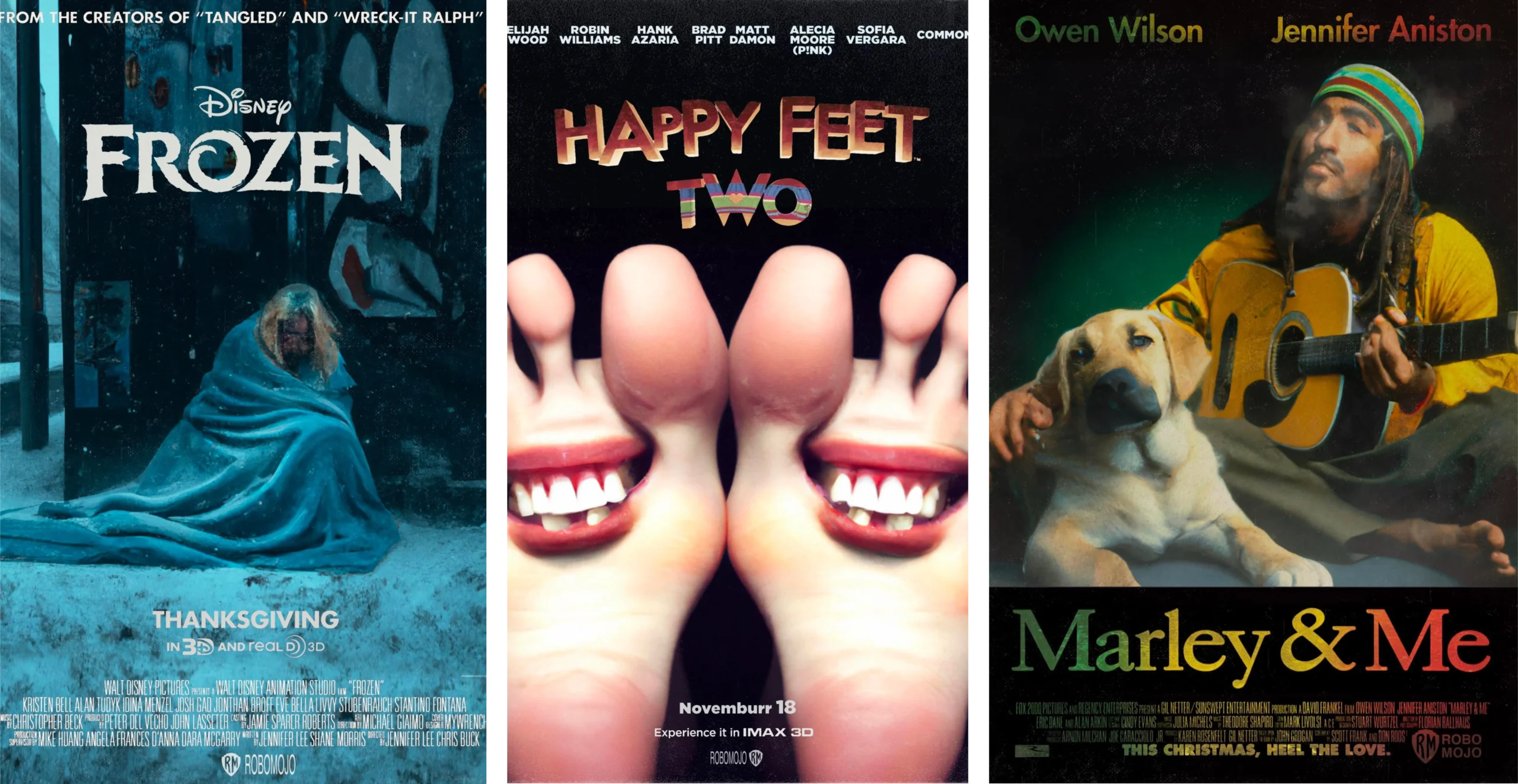
Take these film posters for example. In his project ‘Robomojo’, the media artist simply known as ‘Vincenzi’, entered film titles and descriptions into Midjourney and published the results. Funny as they are, it shows that following a formula or algorithm or being confined to the boundaries of one’s programming, means that AI won’t always get things right. In fact, there’s a danger they get things very wrong. Whilst creatives appreciate there are often rules to follow – and just how far to bend them – we are also human, and therefore aware of trends, current affairs and potential cultural implications of certain words, phrases or images. Knowing what to say and when, is the result of instinct, which hasn’t quite made it to AI yet.
Another of the larger questions surrounding AI that needs answering sooner rather than later, is to do with plagiarism. Copying ideas and taking inspiration from other work isn’t a new issue – it’s widely accepted that a truly original idea is harder and harder to come by. But when a machine does it, suddenly people begin to get a bit uncomfortable. New images generated by AI are currently created by sifting through millions of existing images online, taking bits and pieces of them and putting together something original.
What happens if someone buys an AI-generated painting and later discovers it has been copied from another artist? These questions will need to be answered before we see widespread adoption of these technologies in the art world.
Worryingly for me, those last two sentences were written by copy.ai – an artificial intelligence tool that can create article content using keywords. It’s not just designers who’ve got their work cut out. AI could soon be used more regularly in copywriting and offer quick, easy-to-generate, intelligent and engaging copy – it probablyy won’t make any typos either! (But it might not be able to write a bad joke like that.)
Since delving into this brave new world, I’ve found a very popular word when talking about AI is “yet”. It can’t do this “yet”. But the reality is, it’s believed that AI will fulfil many predictions in the future, and the exciting thing is, it will also be able to do things that we can’t even predict – yet. I suppose no one knows that for certain though – well, maybe the AI does!
